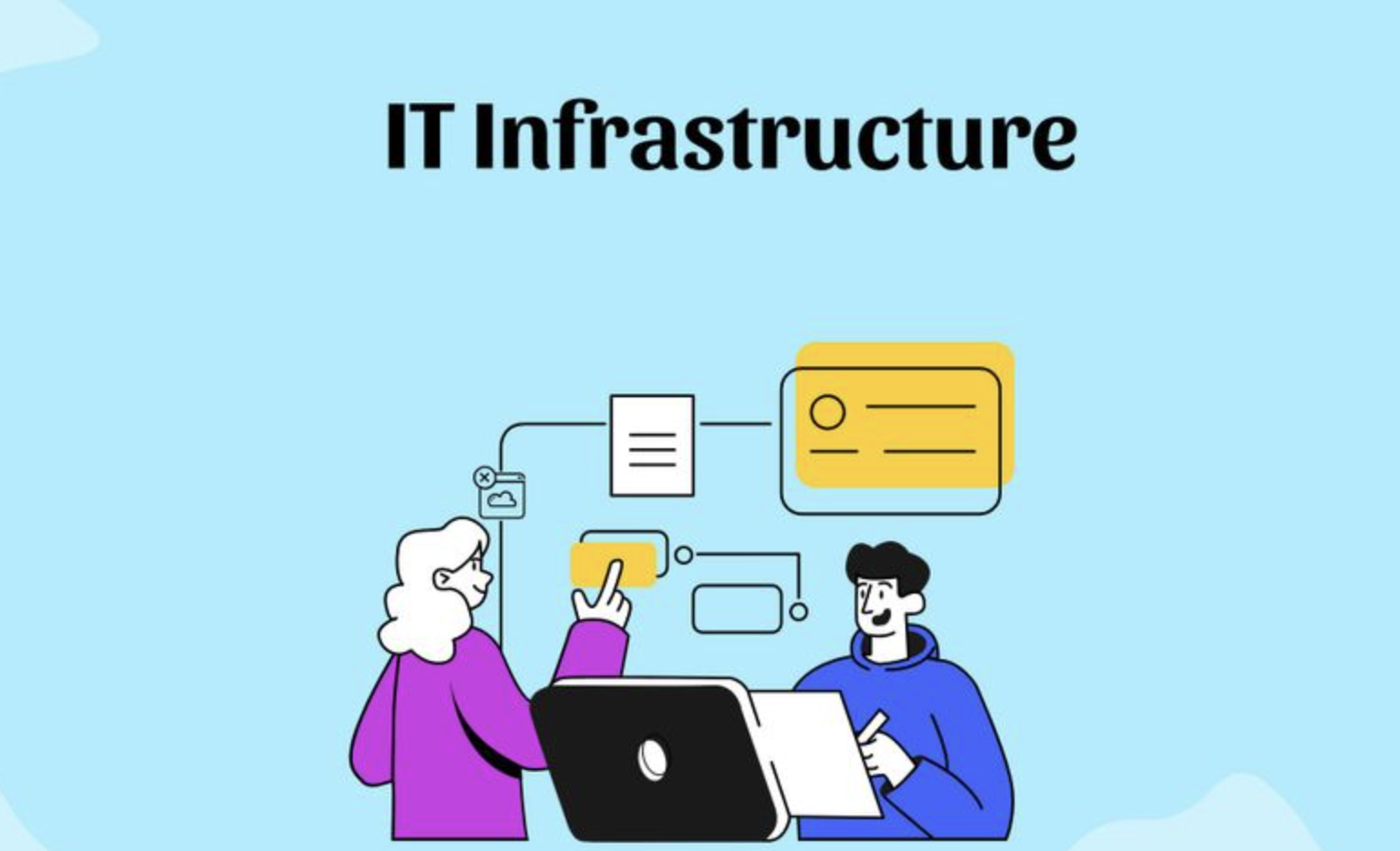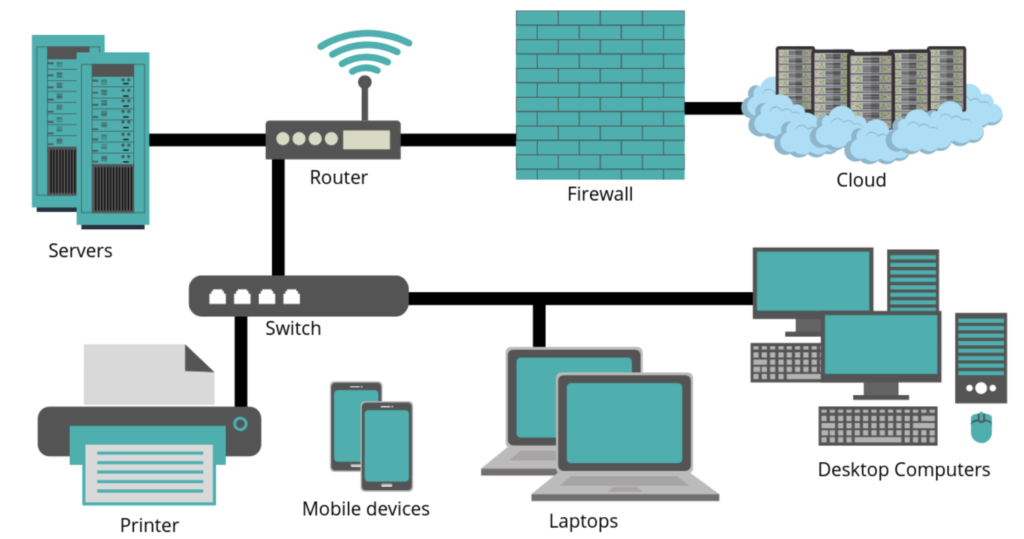
Challenges of managing IT Infrastructure and Management Solutions (Image by Atatus)

Challenges of managing IT Infrastructure and Management Solutions (Image by Atatus)
One of the biggest challenges of managing IT infrastructure and management solutions is their complexity.
We all know how managing IT infrastructure is more like trying to solve a puzzle that’s always changing its shape. But, however, it’s the core of your business, right?!
IT infrastructure and management keeps everything from your data to customer connections running smoothly. But, this complexity isn’t a walk in the park.
And, please note, the more complex the system, the more chances there are for things like cyber threats or breakdowns. These issues can really disrupt how things run day-to-day.
Then there’s the pace of technology – it never slows down, does it? IT managers have to be on their toes, always updating and improving systems. It’s a big job, both in time and resources.
And integrating new tech with existing systems? It’s a bit like trying to blend different ingredients perfectly – not always easy.
But, here’s the good news: there are solid solutions out there. Tools that integrate IT management can give a clearer, more unified view of your whole setup.
There is IT infrastructure management software available to provide the resources and tools to efficiently execute this strategy.
This makes monitoring and upkeep a lot more manageable. Also, keeping your team trained in the latest IT skills? Super important.
It’s key to making sure everyone can handle these complex systems well. So, let’s break down these IT challenges and find the best strategies to tackle them, together.
Managing IT infrastructure in 2024 presents a unique blend of challenges that require strategic foresight and careful planning.
The landscape is dynamic, with cybersecurity emerging as a critical focal point.
The IBM Cost of a Data Breach Report 2023 starkly illustrates the financial impact, noting that the average data breach costs businesses a substantial $4.45 million.
This underscores the urgency of robust cybersecurity measures to protect against increasingly sophisticated threats, such as the 2021 ransomware attack on Colonial Pipeline, which led to a significant $4.4 million ransom payment.
Scalability is another crucial concern. As businesses grow, their IT systems must efficiently scale to accommodate increased demand.
The 2018 Marriott data breach, stemming from scalability issues, highlights the potential risks of inadequate infrastructure.
Another pressing issue in this domain is the talent shortage, particularly in emerging technologies.
The 2021 Gartner Survey indicated a significant increase in the talent gap as a barrier to technology adoption, underscoring the need for skilled IT professionals.
Historical examples, such as Kodak’s and Blockbuster’s struggles to adapt to digital advancements, serve as reminders of the importance of staying current with technological trends.
On a positive note, embracing new technologies like AI and cloud computing can yield substantial benefits.
These innovations not only enhance operational efficiency but also open doors to cost savings and productivity gains.
The expanding field of AI, in particular, presents new opportunities for skilled professionals, reinforcing the importance of continuous learning and adaptation in the ever-evolving IT landscape.
Scaling IT infrastructure to accommodate growth in data and users is a bit like trying to fit an ever-growing number of guests into a party.
As more people show up (think data and users), you need a bigger space or a smarter way to manage the crowd.
Cloud scalability is one such smart solution. The cloud allows businesses to scale resources up or down based on demand, ensuring efficient handling of data and user growth without overburdening the system.
Then there’s modular infrastructure. You can add or remove blocks based on how many guests you’re expecting.
Modular infrastructure provides flexibility and eases the process of upgrading or integrating new technologies without overhauling the entire system.
Virtualization, on the other hand, is like hosting multiple small parties in one large venue.
This means a business can host various applications and services separately but on the same server, optimizing resource use and improving efficiency.
We understand that security concerns are constantly changing with the evolution of technology.
Cybersecurity threats are becoming more sophisticated, and hackers are getting smarter, making traditional defenses less effective.
One key to fortifying your digital fortress is encryption. It scrambles data so that even if intercepted, it remains unreadable without the correct decryption key.
Another vital layer of defense is multi-factor authentication (MFA). So, even if someone cracks your password, they still need another form of verification to gain access.
Lastly, regular security audits are crucial. They’re like routine health check-ups for your IT systems, identifying vulnerabilities and ensuring all security measures are up to date.

Managing IT infrastructure often means grappling with resource constraints, notably limited budgets and manpower.
This challenge is akin to trying to fill a large space with only a handful of bricks – you have to be strategic about where you place each one.
Automation is a key player in this scenario. It’s like having a multitasking robot; it reduces the need for manual labor, thus saving on manpower costs.
Automation can handle repetitive tasks, freeing up your team to focus on more complex, value-adding activities.
Outsourcing is another strategic move. Think of it as calling in reinforcements.
It allows you to tap into external expertise and resources for specific tasks, which can be more cost-effective than hiring full-time staff for every specialized role.
Lastly, strategic resource allocation is crucial. It involves smartly distributing your limited resources to where they’ll make the most impact.
It’s about prioritizing tasks and projects based on their potential return on investment, ensuring that every dollar and every hour of labor counts.
Technological obsolescence in IT infrastructure is a bit like a race against time. With technology advancing rapidly, staying current is key. Regular updates are your first line of defense.
Periodic technology assessments play a vital role, too. These assessments help identify outdated elements in your infrastructure and pinpoint what needs an upgrade.
Future-proofing is another critical strategy. his means investing in scalable and adaptable technologies that can evolve with your business needs.
By doing so, you can steer clear of the pitfalls of obsolescence and keep your IT infrastructure robust and relevant.
Effective IT infrastructure management is about smart solutions and best practices.
These tools can monitor network performance, manage data storage, ensure cybersecurity, and help in troubleshooting issues.
They bring everything under one roof, making it easier to keep an eye on your entire IT landscape.
Best practices in IT management include regular system updates and backups, comprehensive cybersecurity strategies, and employee training programs.
It’s like having a well-oiled machine – every part needs to be in top shape and working together seamlessly.
Emerging technologies also play a crucial role. Technologies like AI and machine learning are not just buzzwords; they’re game-changers.
They can predict system failures before they happen, automate routine tasks, and enhance data analysis.
Managing your IT infrastructure can be challenging. To optimize your IT system, let’s discuss some best practices, starting with monitoring.
Your IT system requires constant attention, so investing in tools that keep an eye on everything is crucial to catch any issues early.
Then, consider documentation as your map and compass in the IT world. Keep a record of everything from server settings to the steps involved in troubleshooting.
It’s a way of leaving breadcrumbs for your future self or anyone else who might need to follow your path.
Then collaboration is your secret weapon. Your IT team should join forces with other departments.
Remember to patch to protect yourself. Software updates and security patches are essential for protecting against digital threats. Always keep the walls of your digital fortress reinforced with patches.
Additionally, regular backups serve as your safety net, providing a plan B, C, and D. It’s like having a secret vault where all your precious data is secure, no matter what happens.
And, do not forget, effective management of IT infrastructure is a crucial component of a broader IT lifecycle management strategy.
Through effective IT infrastructure management, organizations can ensure optimal utilization of their IT assets throughout their lifecycle, supporting overall goals such as cost efficiency, performance optimization, and minimization of downtime.
Finally, automation can be a reliable assistant, handling the tedious tasks so your team can concentrate on the more important aspects.
It’s similar to having a group of robots managing the routine work, freeing up your IT experts to create something truly remarkable.
Although the landscape presents challenges such as scaling systems to meet growing demands, safeguarding against ever-evolving security threats, grappling with limited resources, and staying ahead of rapid technological changes, these hurdles are not insurmountable.
So, we must realize managing the IT infrastructure of 2024 requires a proactive approach.
Effective IT infrastructure management depends on adopting best practices tailored to these challenges.
Being agile, secure, resource-efficient, and technologically adept is crucial in navigating this complex terrain.
IT infrastructure management software is not just beneficial but essential in achieving these goals.
It’s time to fully embrace these tools and make them integral to our success in 2024 and beyond.
Remember that clear and straightforward strategies and tools are our allies in this ever-changing digital landscape.